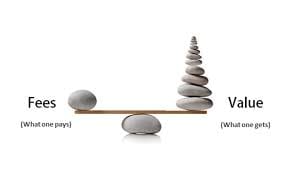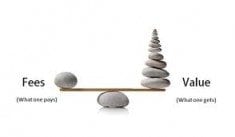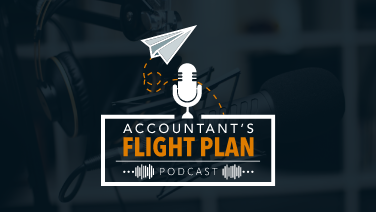Are your Tax Practice Fees too Low?
Reevaluating pricing can help CPA firm owners earn more when they sell their practice.
This article first appeared in The CPA Insider.
A firm’s pricing doesn’t just affect its profitability. It touches every aspect of a practice, from staff compensation and workload, to which clients the firm serves, to the mix of services provided. Another crucial aspect that is sometimes overlooked is the impact that pricing has on a firm’s sale price.
As a CPA firm broker, I constantly see this issue having an impact on owners looking to sell. The reality is that pricing can vary widely at small CPA firms. In fact, practices in the same towns, with similar clients, often charge vastly different fees. Many practice owners that I talk to freely admit that they could probably charge more. Let’s take a look at why this happens, the problems it can cause, and how to begin to make some changes.
How raising your prices can help you when you sell your CPA practice
Many CPA firms are reluctant to raise prices because they falsely believe that clients are overly price-sensitive. They fear that such a hike will immediately scare off many valuable customers. Yet I have seen many buyers purchase a practice and increase prices immediately after the sale with very little fallout. The vast majority of clients are not price-sensitive but service-sensitive. You can often raise prices if you continue to provide a high level of service.
Failing to price your services appropriately can be costly when selling your practice, as pricing has an enormous impact on your firm’s value. In my experience as someone who helps sell firms worth between $300,000 and $3 million, practices that charge higher fees sell faster and for more money, and are in far higher demand.
If your prices are too low, you will take a hit when it’s time to sell. That’s because buyers base their offering price on future cash flow projections. A buyer may purchase your firm at a relatively low price that’s based on the rates you currently charge clients, then raise prices or lower costs soon after the closing. If that happens, the buyer will have gotten a great deal and will reap the financial benefits—and rightfully so, because raising prices takes work and courage. Conversely, some buyers may anticipate that they won’t raise prices soon after buying your practice because they don’t want to risk a change that may interfere with developing relationships with their new clients. The bottom line: The prospective buyer will pay based on your rates at the time of sale, not what they could be one day down the road.
Owner cash flow also has a big impact on the terms of your sale. Firms with low cash flow to owners generally sell on terms that include far more seller-financing. Banks making practice acquisition loans don’t put much weight into uncertain future projections. They primarily look at historical cash flow to the owner when making their lending decisions, so a smaller cash flow can limit the amount of money banks will lend for an acquisition.
Another justification for higher pricing is its impact on staffing. Offering competitive compensation packages helps owners attract and retain quality personnel. And more and more, we are seeing buyers of practices place an increasing emphasis on staff quality. Larger firms, in particular, are often more concerned with the talent they are gaining than the clients they are acquiring. Charging more, and therefore having the ability to pay employees more, gives owners a leg up in retaining staff members crucial to enticing buyers to pay top dollar.
Should you be charging more?
So what should you be charging clients? The answer, of course, depends on where your practice is located, the types of clients you serve, what services you offer, your level of experience, and how you articulate the value delivered. When considering a change in pricing, a good place to start is to find out what local competitors are charging similar clients for similar services. Take comfort in knowing, though, that even the best practices often could improve their pricing.
If you are contemplating an exit in two to three years, you have plenty of time to make positive changes. Bringing your pricing up to market is the single most effective way to avoid overwork, make more money, and increase your practice’s value. In fact, I have spoken with many owners who made improvements to their practices, and then decided to exit later than planned, because ownership had become more fulfilling.
Here are some key questions that can guide your thinking about how you price:
- How often do you evaluate and change your pricing?
- What are the key reasons clients do business with you instead of someone else?
- Which clients are particularly underpriced considering the amount of time, energy, and resources devoted to serving them?
- Which clients are well-priced considering the amount of time, energy, and resources devoted to serving them? How were you able to arrange an appropriate pricing structure for them?
- What are you doing to communicate your value to your clients?
- Are you willing to try a price increase on a small number of clients to see how it works?
Answering these questions will take a good bit of reflection and legwork on your part. You’ll need to better understand yourself, your clients, and your competitors. But the intelligence you glean from that research may allow you to make a pricing change that not only benefits you in the short term, but also down the road when it’s time to sell.




